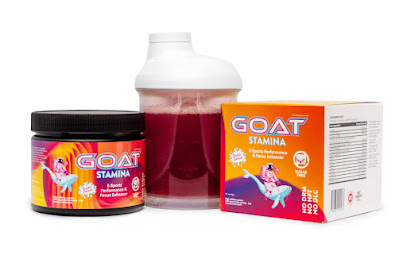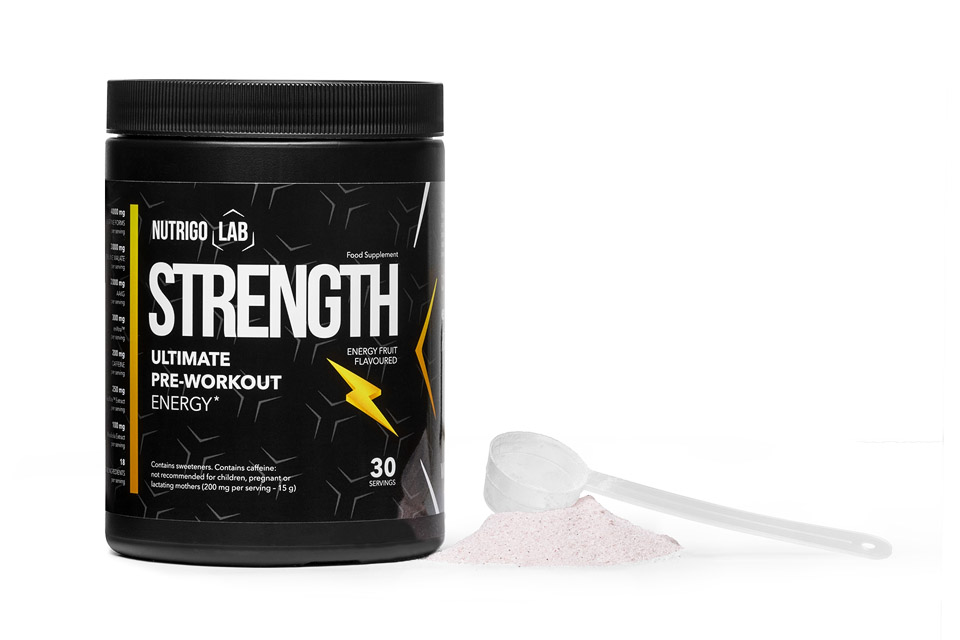What is Kefir?
Kefir is a fermented dairy product that is similar to yogurt in terms of its taste and texture. It is made by fermenting milk with kefir grains, which are a combination of bacteria and yeast cultures. The grains look like small, gelatinous clumps or cauliflower florets.
The fermentation process of kefir results in a tangy, slightly effervescent beverage. The grains metabolize the lactose in the milk, producing lactic acid, carbon dioxide, and small amounts of alcohol. This process gives kefir its characteristic flavor and fizziness.
Kefir is believed to have originated in the Caucasus region of Eastern Europe and has been consumed for centuries. It is highly nutritious and is considered a probiotic food due to the presence of beneficial bacteria and yeasts in the kefir grains. These microorganisms can help support a healthy balance of gut bacteria and may have various health benefits.
Kefir is typically consumed as a drink, but it can also be used as an ingredient in smoothies, salad dressings, or even as a base for certain desserts. It is available in many supermarkets and health food stores, and some people also make their own kefir at home by fermenting milk with kefir grains.
It's worth noting that there are also non-dairy versions of kefir available, such as water kefir or coconut milk kefir, which are made using different types of grains or starters. These alternatives provide options for those who are lactose intolerant or follow a dairy-free diet.
What are the probiotics in Kefir?
Kefir contains a variety of probiotics, which are beneficial microorganisms that can have a positive impact on gut health. The specific composition of probiotics in kefir can vary depending on the kefir grains used and the fermentation process. Here are some common probiotics found in kefir:
Lactobacillus species: Lactobacillus acidophilus, Lactobacillus kefiranofaciens, Lactobacillus kefirgranum, and Lactobacillus helveticus are examples of Lactobacillus species often found in kefir. These bacteria can help break down lactose (milk sugar) and produce lactic acid, which contributes to the tangy flavor of kefir. Lactobacillus strains are known to support gut health and may help improve digestion.
Bifidobacterium species: Bifidobacterium bifidum, Bifidobacterium longum, and Bifidobacterium breve are common examples of Bifidobacterium species found in kefir. Bifidobacterium strains are known for their ability to help maintain a healthy balance of gut bacteria, support immune function, and promote digestion.
Streptococcus species: Streptococcus thermophilus and Streptococcus salivarius are examples of Streptococcus species often present in kefir. These bacteria contribute to the fermentation process and help create the characteristic flavor and texture of kefir.
Yeasts: In addition to bacteria, kefir grains also contain yeasts, such as Saccharomyces cerevisiae and Candida kefyr. Yeasts play a role in the fermentation process and add to the complex flavor profile of kefir.
It's important to note that the exact composition and concentration of probiotics can vary in different kefir products and homemade preparations. Additionally, research on kefir's probiotic effects is ongoing, and specific health benefits may vary among individuals.
How to make Kefir at home?
To make kefir at home, you will need kefir grains, which are small, gelatinous clumps of bacteria and yeast cultures. Here is a basic guide on how to make kefir:
Ingredients:
- Kefir grains
- Milk (dairy or non-dairy)
Equipment:
- Glass jar
- Non-metal stirring utensil (wooden or plastic)
- Breathable cover (cheesecloth, coffee filter, or paper towel)
- Rubber band
Instructions:
- Place the kefir grains in a clean glass jar. The ratio of kefir grains to milk can vary, but a common guideline is approximately 1-2 tablespoons of kefir grains for every 2 cups of milk.
- Add the milk to the jar, leaving some headspace to allow for fermentation. You can use dairy milk, such as cow's milk, or non-dairy milk alternatives like coconut milk or almond milk. Make sure the milk is at room temperature.
- Gently stir the milk and kefir grains together using a non-metal stirring utensil. Avoid using metal as it can react with the kefir grains.
- Cover the jar with a breathable cover such as a cheesecloth, coffee filter, or paper towel. Secure it with a rubber band to keep out insects or contaminants while allowing airflow.
- Place the jar in a warm spot, away from direct sunlight. The optimal temperature for kefir fermentation is around 68-85°F (20-30°C). Warmer temperatures can speed up fermentation, while cooler temperatures can slow it down.
- Allow the kefir to ferment for 24-48 hours. The fermentation time can vary depending on the desired taste and consistency. A longer fermentation period will result in a tangier and thicker kefir. You can taste the kefir periodically to determine when it reaches the desired flavor and consistency.
- Once the kefir has reached your desired taste, strain the kefir grains from the liquid using a non-metal strainer. You can gently stir or swirl the jar to separate the grains from the kefir.
- Transfer the kefir grains to a new jar and add fresh milk to start a new batch. Alternatively, you can store the kefir grains in a small container with milk in the refrigerator if you want to take a break from making kefir.
- The strained kefir is now ready to be consumed. You can refrigerate it to chill and thicken further. It will keep in the refrigerator for several days.
Remember to reserve a portion of the kefir grains to continue making subsequent batches. With proper care and regular fermentation, the kefir grains can be used repeatedly to make homemade kefir for an extended period.
Note: It's important to ensure that your kefir-making equipment and utensils are clean to avoid contamination.















.png)







.png)
.png)
No comments:
Post a Comment